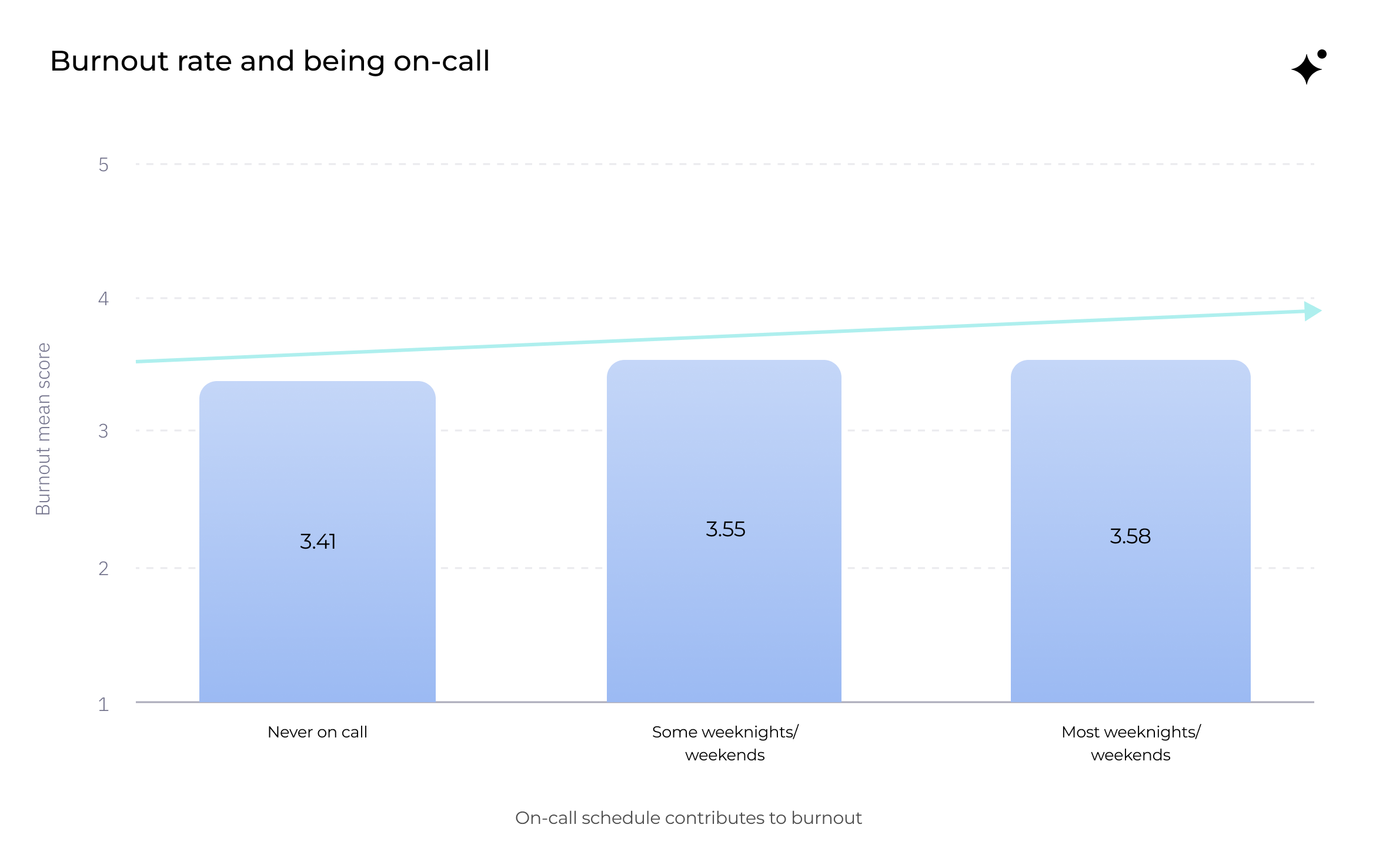Economic euthanasia is a significant contributor to burnout - Galaxy Vets’ study suggests
Galaxy Vets, an employee-owned veterinary healthcare system, released findings from its third annual burnout survey assessing the state of mental well-being in the veterinary profession and capturing insights that can help systemically address burnout. This year’s survey included open-ended questions to gather even more opinions from the industry. Conducted in the fall of 2022, the survey collected diverse voices from 1942 veterinary professionals in different roles and practice settings. Below is the study summary; the full whitepaper is available at https://links.galaxyvets.com/burnoutstudy.
The study looked into the economic welfare and compensation satisfaction of veterinary professionals and how financial freedom relates to burnout. It analyzed the influence of feedback and support culture on the emotional well-being of employees, and what kind of work arrangements veterinary professionals would value the most. Finally, the study investigated how euthanasia procedures correlate with burnout, especially when they are performed for economic reasons. A separate section in the whitepaper discusses feedback and ideas on how employers could improve staff experience based on the input from the survey participants. Recommendations and takeaways conclude the study.
Economic euthanasia is a significant contributor to burnout
The study explored the relationship between burnout and euthanasia. Only those respondents who confirmed that their hospital performed euthanasias were included in the following analysis.
On average, respondents reported euthanizing 17 pets per month. 20% of those cases were due to clients not being able to afford treatment. While the burnout rate and the number of pets that were euthanized were unrelated, burnout was significantly linked to the percentage of economic euthanasias. Specifically, staff who regularly performed euthanasia for clients who could not afford to continue taking care of their pets reported higher burnout than staff who performed fewer cases of economic euthanasia.
This particular finding enhances existing research on drivers of burnout among veterinary staff and the potential mental toll that euthanasia can have on the veterinary team in cases when there is a viable medical alternative.
Burnout returned to pre-pandemic level
The 2021 study revealed a significant spike in burnout level compared to 2020, which can be explained by the COVID-19 pandemic and subsequent complications for veterinary healthcare delivery and psychological distress for veterinary teams. However, between 2021-2022, burnout rates decreased, returning to what they were in 2020.
Practice managers, CSRs, assistants, and technicians report highest burnout rates
Trends from the data suggest that between 2020-2021, burnout rates increased across all roles, including veterinarians, and then rolled back in 2022. The only group whose burnout rate increased and remained high relative to everyone else in 2022 were practice managers, highlighting a group that may require special attention.
Professional fulfillment index was lowest for CSRs across all years
Between 2020 and 2022, veterinarians were the only ones who showed a significant change in the professional fulfillment index (PFI) – a measure for positive rewards derived from one’s work. Specifically, their PFI decreased between 2020 and 2021 and then increased from 2021 to 2022. Customer service representatives (CSRs), however, reported the lowest professional fulfillment and it hasn’t increased over the years.
Professionals who feel less financially stable reported higher burnout
Another goal was to investigate whether veterinary professionals feel financially secure and how it is related to burnout. 64% of respondents reported that their income didn’t sufficiently meet their needs; 72% of respondents didn’t feel adequately prepared for retirement. Analysis showed that those who felt less financially stable were also more likely to report higher burnout. This result was similar across all roles.
The burnout level between veterinarians on commission and on salary wasn’t significantly different; however, those on commission felt more financially stable and more secure about their retirement.
On-call veterinary professionals are more burned-out
Almost every third respondent was required to be available at least five weeknights/weekends per month. Veterinary professionals who were on call reported higher burnout than those who were not. Regardless of whether one was on call a few days a week or on most days, those who worked on call reported higher burnout rates than professionals who were not. This finding suggests that there may be room for incorporating teletriage services – either by forming a virtual care team from existing employees, or partnering with a third-party provider – to reduce workload for on-call doctors and alleviate some of their burnout.
Lack of feedback and support culture has a correlation to burnout
Almost half of respondents (47.6%) said they didn’t feel heard by their employer when they provide feedback. Those who felt that their feedback was not valued by their employer were more likely to report higher degrees of burnout than those who felt like their feedback mattered.
The study also found that support from peers, managers, and practice owners may also be a contributing factor to employee burnout. 46.7% of respondents said they didn’t receive stress management support from their coworkers, 60.56% lacked support from their supervisors, and the least support came from practice owners (66.89%). This factor appeared to be a contributor to burnout.
The study was approved by the Social, Behavioral & Educational Research Institutional Review Board (SBER IRB) of Tufts University, Boston, Massachusetts.
Key findings summary
Burnout returned to pre-pandemic level
Practice managers, CSRs, assistants and technicians report highest burnout rates
Women and less-experienced veterinary professionals report highest burnout
Professional fulfillment index was lowest for CSRs across all years
Professionals who feel less financially stable reported higher burnout
On-call veterinary professionals are more burnt-out
Lack of feedback and support culture has a correlation with burnout
Preference for remote and hybrid work arrangements is on the rise
Economic euthanasia is a significant contributor to burnout




